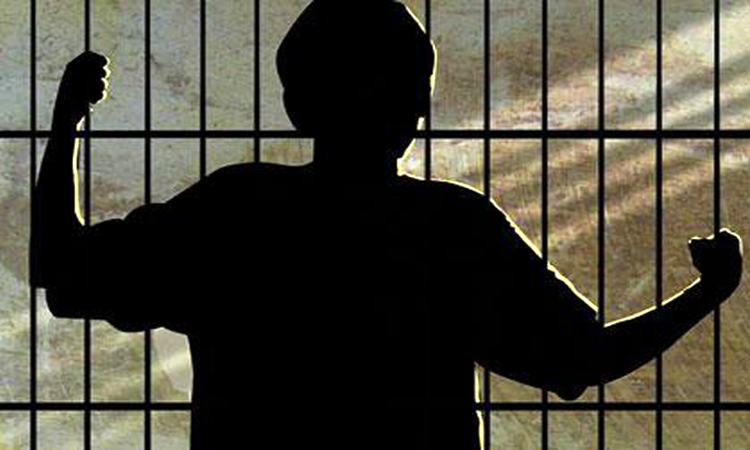'Child In Conflict With Law Can't Be Treated As Under Trial Prisoner U/S 436-A CrPC': Madhya Pradesh High Court
Zeeshan Thomas
8 March 2022 10:04 AM IST

Next Story
8 March 2022 10:04 AM IST
The Madhya Pradesh High Court, Gwalior Bench recently held that a Child in Conflict with Law (CCL) cannot be treated as an undertrial prisoner as contemplated under Section 436-A CrPC, since arrest/ confinement/ apprehension are not contemplated in Juvenile Justice (Care and Protection of Children) Act, 2015. Justice Anand Pathak was essentially dealing with a criminal...
